The Double Pass Models (DSL-340/330) use the transmission measurement technique (a folded beam transceiver arrangement) in which a light beam emitted from the transceiver passes across the stack to a reflector, which then returns the light to the transceiver where the intensity of the received light is measured. Increased particulate or smoke density in the stack gas attenuates the transmitted light and causes the intensity of the received light to fall.
When calibrated against standard reference measurements, this reduction in intensity can be used to calculate the particulate concentration and present a reading in mg/m³. The double pass measurement technique allows for manual calibration checking using the optional calibration head and zero/span inserts. Used in conjunction with the supplied utility software, zero and span drift values can be calculated, recorded, and corrected for
The light source employed is a high intensity, high-reliability green LED which provides long life and stable intensity. The transmitted light beam is pulsed to give complete immunity to ambient light levels. The intensity of the transmitted light is monitored at source so that any variations in the emitted light level are compensated for at the receiver. The receiver has an onboard temperature measuring to provide stability over temperature.
These Monitors are available with or without an Operator Interface (control unit), so for the most cost-effective monitoring solution. They can operate as a “stand-alone” head pair consisting of just the transmitter head (TX) and receiver head (RX), with all electrical connections (including outputs such as the alarm relays, 4-20 mA, and Modbus being made inside the RX head. As a stand-alone instrument, the DSL is set-up and controlled using the supplied utility software, installed on a PC or laptop, and connected via the USB connector on the RX.

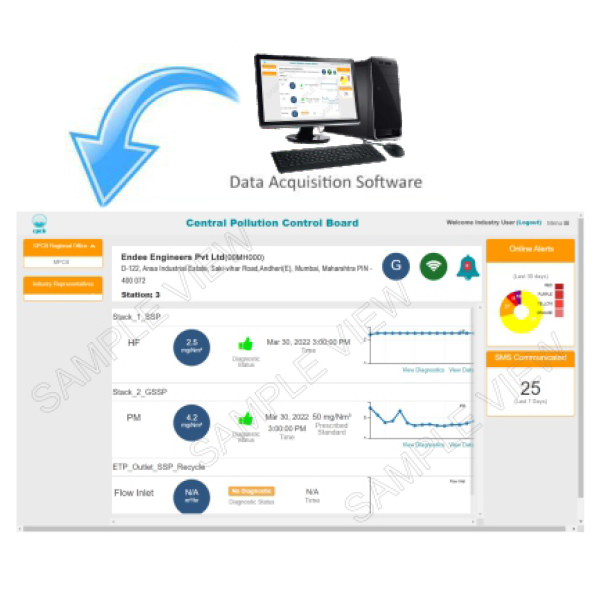


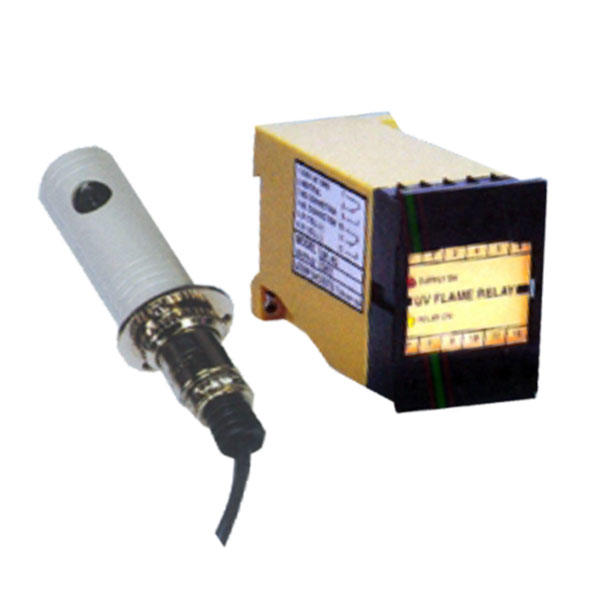
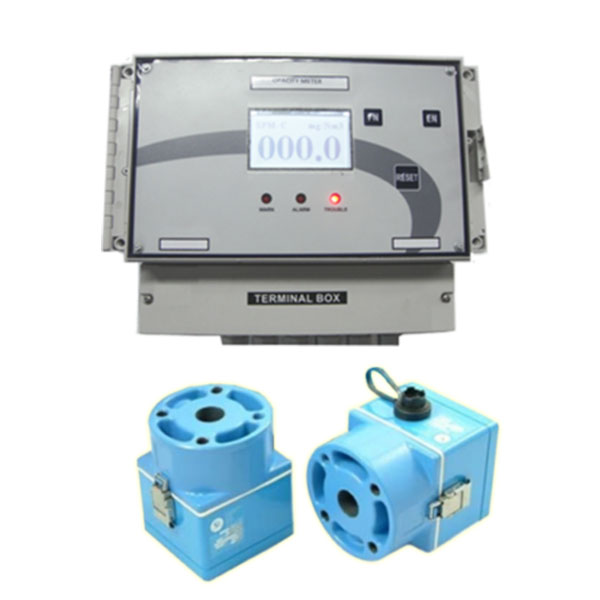
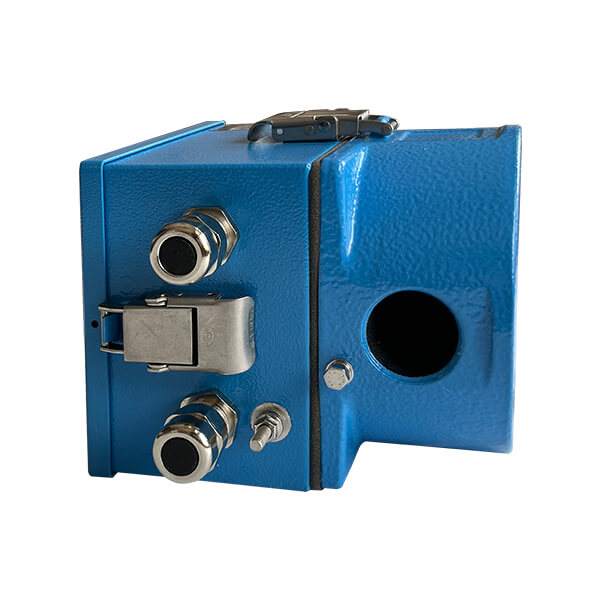
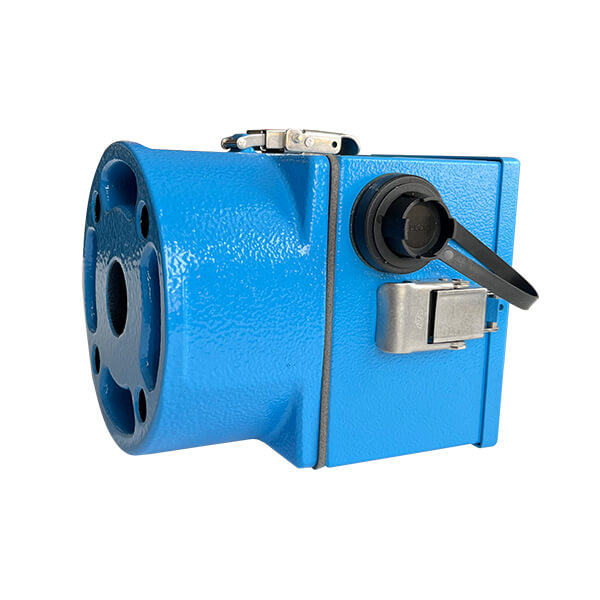
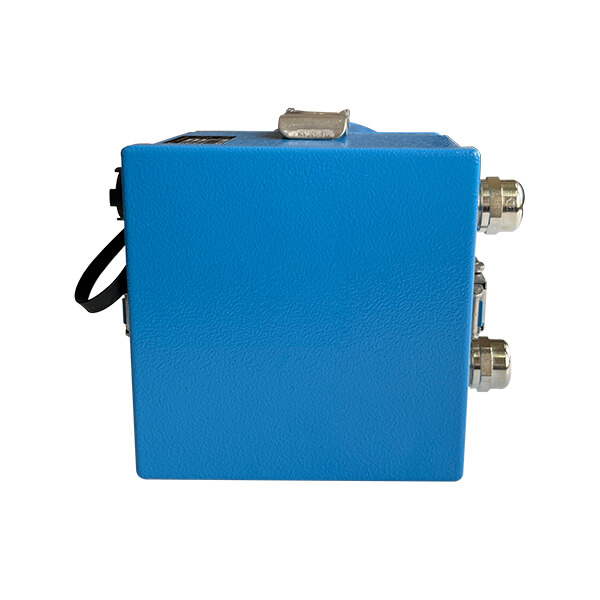
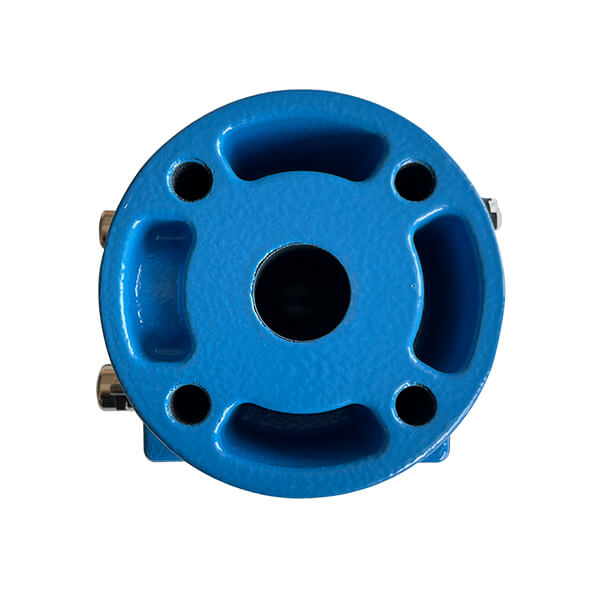
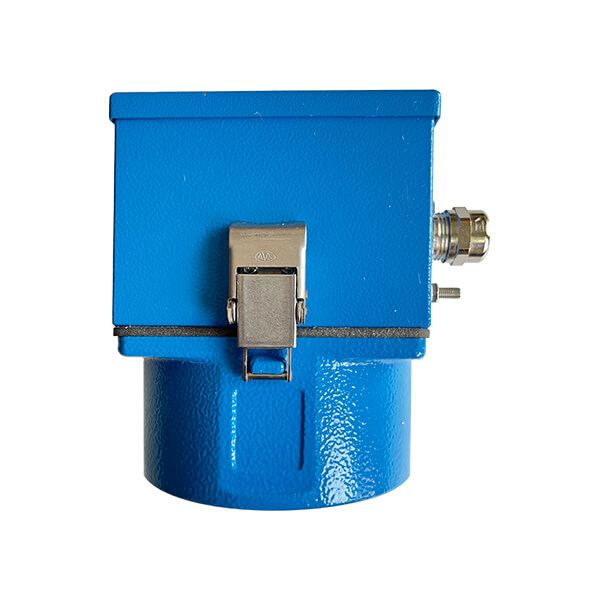
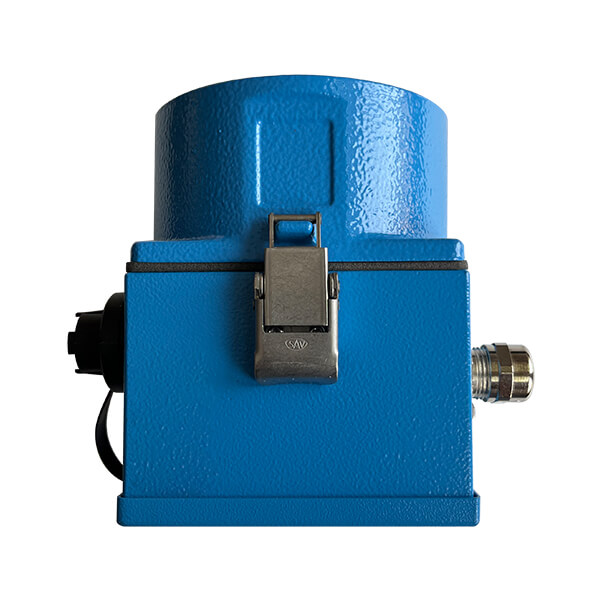
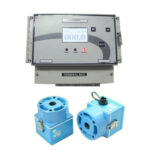

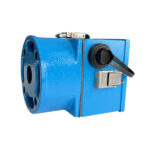
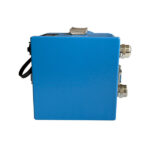
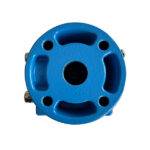
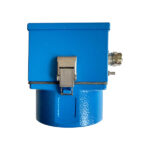
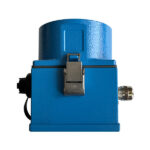

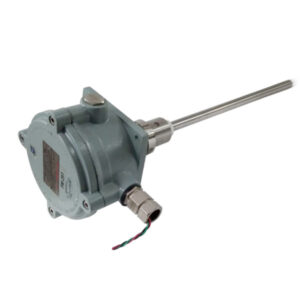

Reviews
There are no reviews yet.